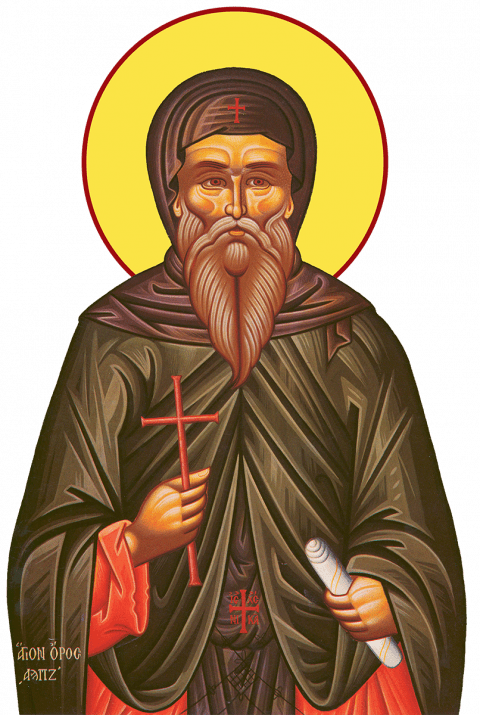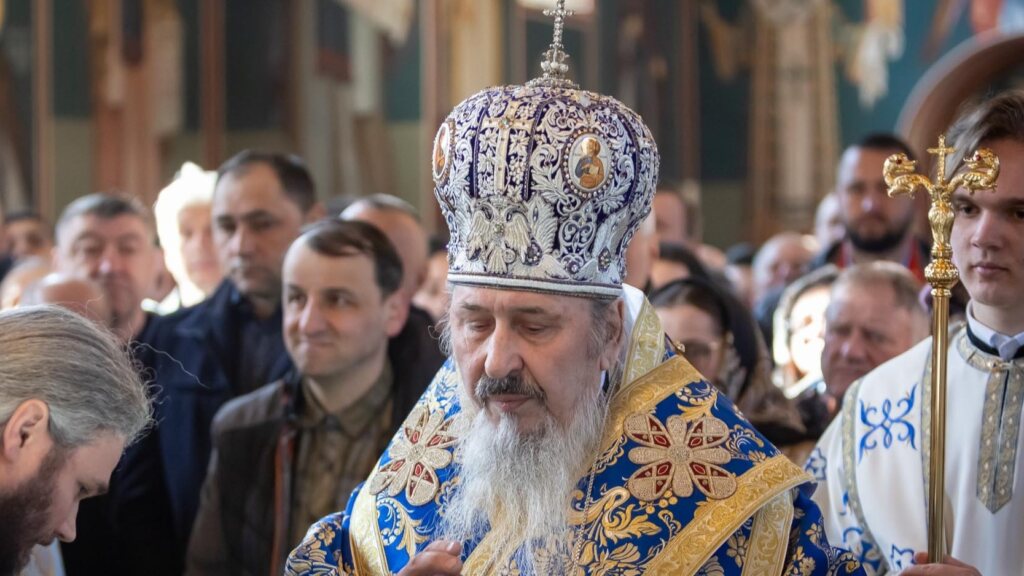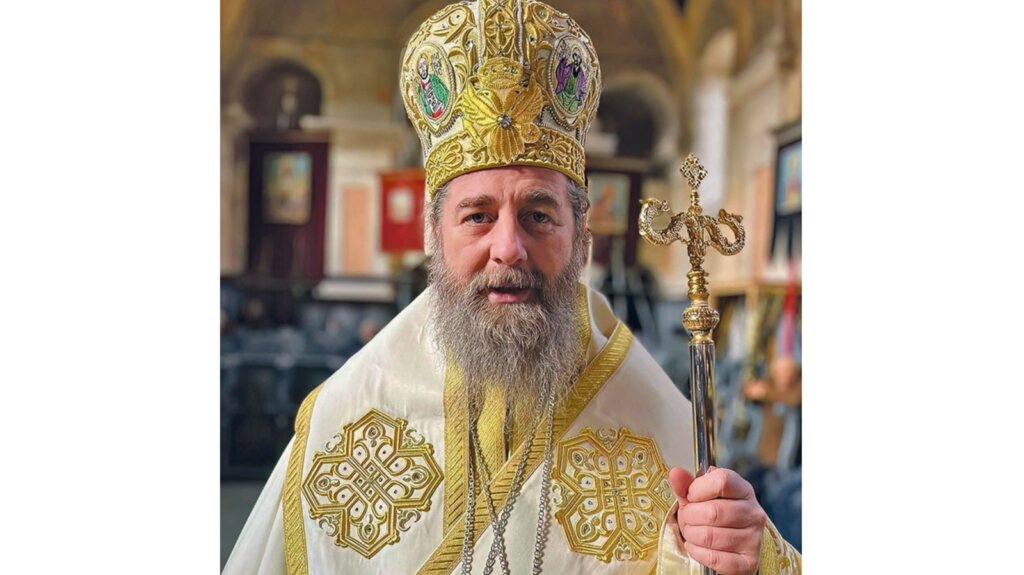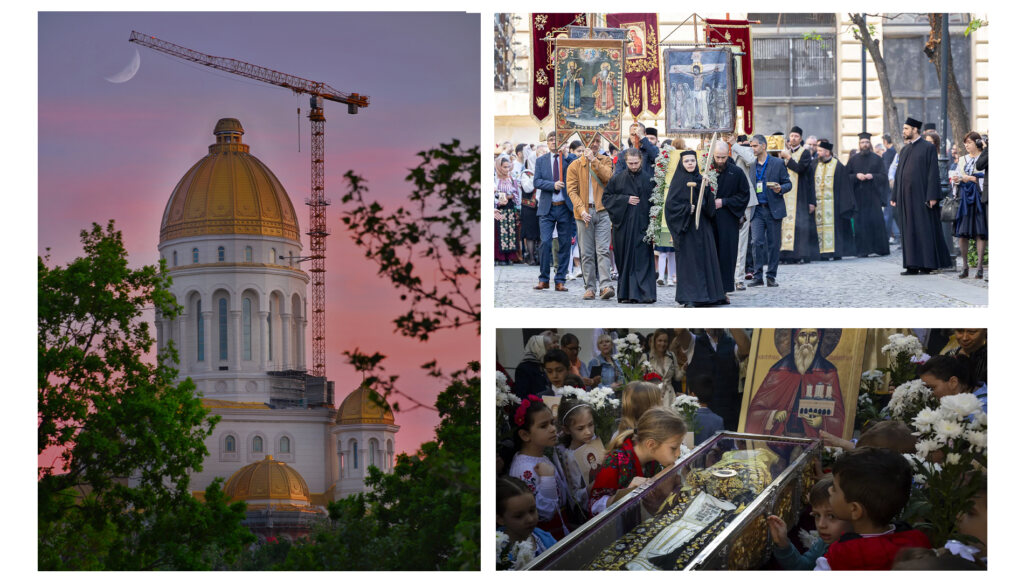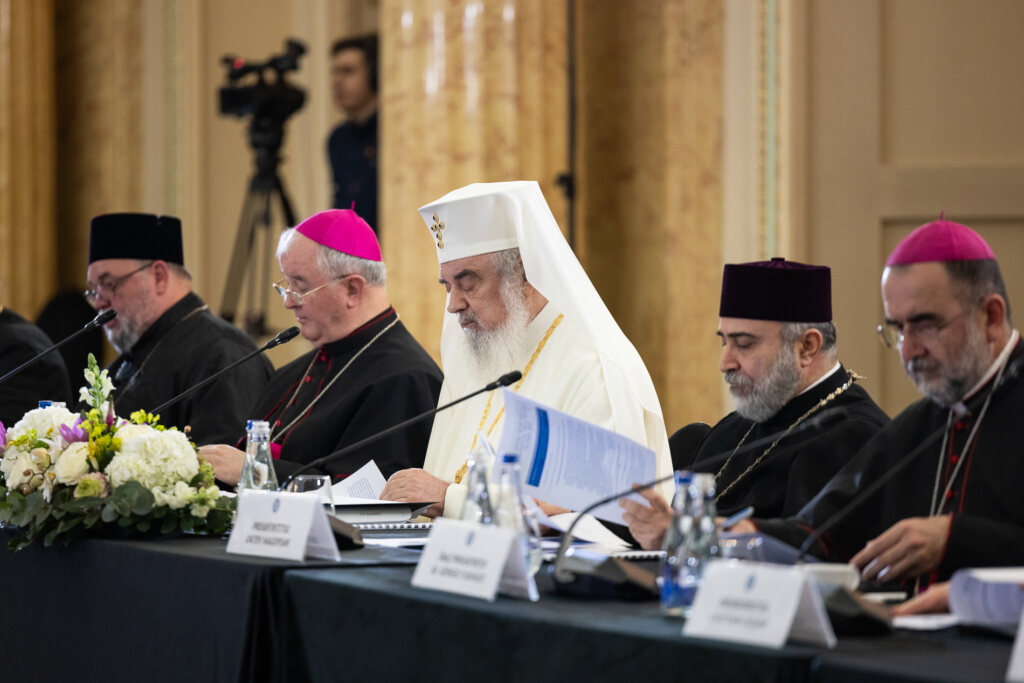Venerable Isaac
Celebrated on May 30 and August 3, he was a soldier before he became a monk. After he was tonsured, he attained such a degree of spiritual perfection that he was accounted worthy of beholding divine visions.
When Saint Isaac heard about how the Emperor Valens had fallen into the Arian heresy and was persecuting the Orthodox Christians, he left his monastery and traveled to Constantinople to confront the emperor. At that time Valens was planning a campaign against the Goths. Saint Isaac tried to change the emperor’s mind several times, but was unable to convince him. He prophesied that Valens would die in flames because of his actions.
The emperor ordered that Saint Isaac be thrown into prison, and promised to deal with him when he returned from his expedition. On August 9, 378 Valens was defeated at Adrianople and died in a fire after hiding in a barn, just as the saint had predicted.
Emperor Theodosius the Great, who had a great love for the saint, released him from prison and banned Arianism. Saint Isaac attended the Second Ecumenical Council (381), where he defended the Orthodox Faith against the Arian heresy.
Saint Isaac hoped to return to his monastic life in the wilderness, but a wealthy man built a monastery for him at Constantinople, and he became its first igumen. The monastery was later named for his disciple Dalmatus.
When Saint Isaac was approaching the end of his earthly life, he named Saint Dalmatus to succeed him as igumen. He lived to a ripe old age and reposed in the year 383.
Troparion — Tone 4
O God of our Fathers, / always always act with kindness towards us; / take not Your mercy from us, / but guide our lives in peace / through the prayers of Venerable Isaac, Dalmatus, and Faustus.
Saint Dalmatus
He served in the army of the holy emperor Theodosius the Great (379-395) and attracted his notice. Then the saint was filled with the desire to dedicate himself to his Lord and Creator. Therefore, sometime between the years 381-383, he left the service of an earthly ruler in order to serve the King of Heaven.
He went with his son Faustus to Saint Isaac’s monastery near Constantinople in order to speak with him. Saint Isaac (May 30) tonsured both father and son into monasticism, and they both began to lead a strict ascetic life.
Saint Dalmatus excelled all the other monks in virtue. Once, during Great Lent, Saint Dalmatus did not eat any food for the forty days. Later he regained his strength and was found worthy of a divine vision.
The holy ascetic was chosen to be the igumen after the death of the most devout Isaac. In fact, at the Third Ecumenical Council which met in Ephesus in 431 A. D. which condemned the heresy of Nestorius, Saint Dalmatus was honored for his defense of the Orthodox Faith.
After the Council the holy Fathers elevated Saint Dalmatus to be the archimandrite of his monastery, where he died peacefully at the age of ninety (after 446). He was succeeded by his son Faustus, who proved to be a worthy successor of his father.
Saint Faustus
He and his father Dalmatus received the monastic tonsure from Saint Isaac (May 30) at his monastery near Constantinople.
Saint Faustus, like his father, had attained the heights of monasticism, and excelled at fasting. Following the death of his father, he succeeded him as igumen of the monastery. The details of his ascetical life are not known.
Troparion — Tone 4
O God of our Fathers, / always always act with kindness towards us; / take not Your mercy from us, / but guide our lives in peace / through the prayers of Venerable Isaac, Dalmatus, and Faustus.
Holy Myrrhbearer Salome
She was the wife of Zebedee and mother of two Holy Apostles: James and John the Evangelist. She went to our Saviour Jesus Christ with the request that He may grant her sons the honour to sit on His right and on His left in Kingdom Come (Matthew 20 : 20-22). She believed His Kingdom was of this world. Only later she understood when Christ rose from death.
She was imprisoned together with other Christian believers and left with them on a boat drifting on the sea. The boat reached today’s Provence region, in France, where they took the Word of God. Holy Myrrhbearers Salome and Mary the wife of Cleophas, lived on the Island at the mouth of River Rhône.
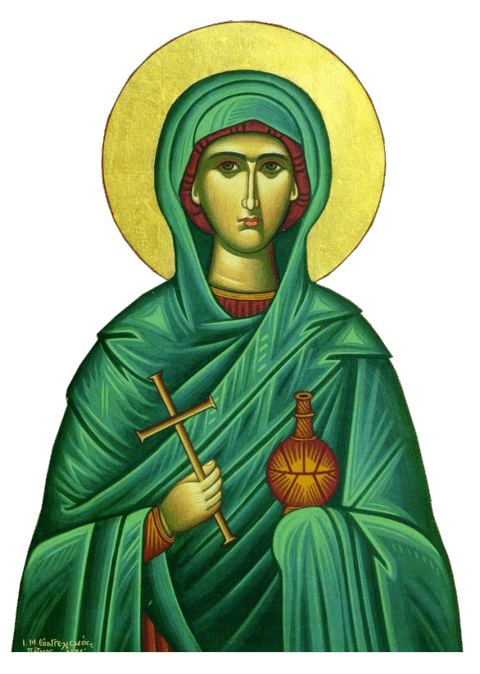
Venerable Theodora of Thessalonika
She was born on the island of Aegina in 812. Her father Anthony was a priest and her mother’s name was Chrisanty. Her baptism name was Agapi. The family left the island and moved to the city of Thessalonika for fear of the Saracen pirates.
She married Theodorinos and gave birth to three children of which just the elder survived, a girl whom the parents dedicated to a monastery in the hope they would get more children. The daughter was given the name Theopisti by Katherine, Abbes of St Luke Monastery.
Agapi became a widow when she was 25, so she joined her daughter in the monastery. She lived a life that was pleasing to God as a nun and started to make miracles after her death. The abbess died long after Theodora did and when they opened the tomb, Venerable Theodora moved to make place for the body of the abbess.
Then her myrrh-bearing relics cast away demons, gave eyesight to the blind and made many other miracles.
Troparion — Tone 8
By a flood of tears you made the desert fertile, / and your longing for God brought forth fruits in abundance. / By the radiance of miracles you illumined the whole universe! / O our holy mothers Theodora and Theopiste, pray to Christ our God to save our souls!

Tr by oca.org
